Laws
By law, a bicycle is a vehicle. Like motorists, bicyclists are responsible for obeying all traffic laws including following all street signs, signals and markings. Please remember bicycling rules are enforceable.
More information visit: sharetheroad.osu.edu
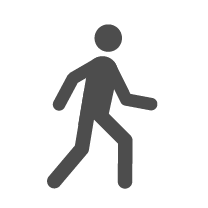
Avoid riding on the sidewalk.
You are at a higher risk of being hit by a car riding on the sidewalk. Walk your bicycle or ride at a walking pace if you choose to use campus sidewalks. There are many multi-use paths and dedicated walk zones around campus; be sure to observe posted signage. Read more about sharing the road.
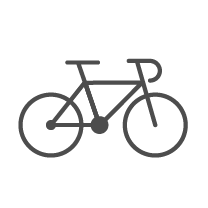
Bikes can use full lane.
Ride at least 4ft or more from parked cars to avoid being hit by opening doors. Ride at least 3ft from the curb to avoid road debris and gutters. Ride in the middle of a narrow lane.

Bicycles must have front and rear lights.
According to Ohio Law, every bicycle, when in use between sunset and sunrise and when visibility is less than 1,000 ft., is required to be equipped with the following:
Front: A white light visible from at least 500 ft. to the front and 300 ft. to the side.
Rear: A red reflector visible from 100-600 ft. to the rear and a flashing/steady red light visible from 500 ft. to the rear.
If the red light performs as a reflector, a separate reflector is not required. Additional lights and reflectors may be used, except that red lights or reflectors should not be used on the front and white lamps and reflectors should not be used on the rear of the bicycle.
Know Your Signals
Use hand signals to show motorists and pedestrians where you intend to go next. Ride straight and avoid weaving in and out of parked cars. Make eye contact with drivers.
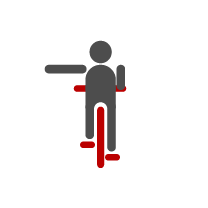
Left Turn: Hold out your left arm.
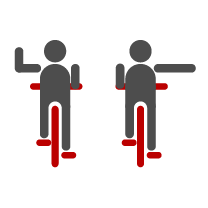
Right Turn: Hold out your right arm or raise your left arm.
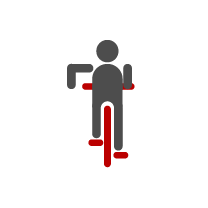
Stop: Hold your left arm down.
Intersections
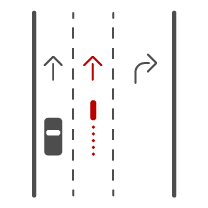
Choose your lane based on where you want to be after the intersection.
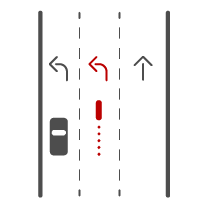
Position yourself in the right-most lane that goes in the direction of your destination.
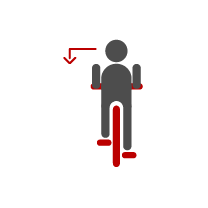
Scan behind you before changing lanes.
